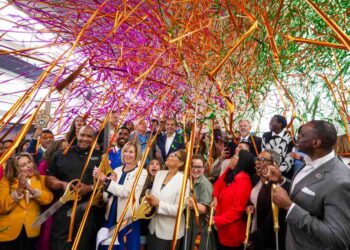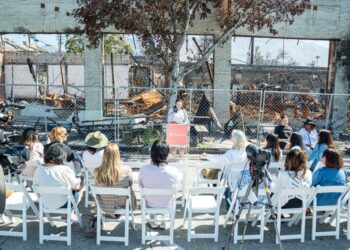Around the Bay Area, the Marin County Civic Center is known as Frank Lloyd Wright’s greatest achievement. The largest constructed work to come off his drafting table, it’s a shining Versailles of inimitable vision that may be quite an eye-opener for those coming in simply to fight a traffic ticket.
But Wright’s quieter legacy lies in the houses he designed for ordinary people. There are roughly a half-dozen around the Bay Area, executed in a modest yet alluring style he called Usonian (his shorthand for architecture that’s uniquely “United States of North Independent America”). Young professionals wrote the star architect begging him to make their dream homes. To their great surprise, he often agreed, descending with cape and cane to manifest beautiful designs for the ages.
Born in 1867 in Wisconsin, Wright moved to the Bay Area in the 1950s to oversee his projects here. His time in the region marked an important period in his career for both projects finished and unrealized. Among his never-built structures were a wedding pavilion for Berkeley’s Claremont Resort & Club and a butterfly-themed Bay Bridge with a lush, hanging garden. Even Hollywood has benefited from his local work: Since his death in 1959, his architecture has been featured in films from “Gattaca” to George Lucas’ first movie, “THX 1138.”
“Extending over nearly sixty years and including a broad range of building types, Wright’s Bay Area works are distinctive mainly for their diversity and the unprecedented nature of many of them,” writes Stanford professor emeritus Paul V. Turner in his 2016 book, “Frank Lloyd Wright and San Francisco.” “They demonstrate, perhaps more than his buildings in any other location, the amazing variety and innovation of his creations, and the fertility of his imagination.”

So what exactly is a Usonian home?
“It’s a made-up term. He wanted to see an indigenous American architecture flourish here in this country and not ape…
Read the full article here







